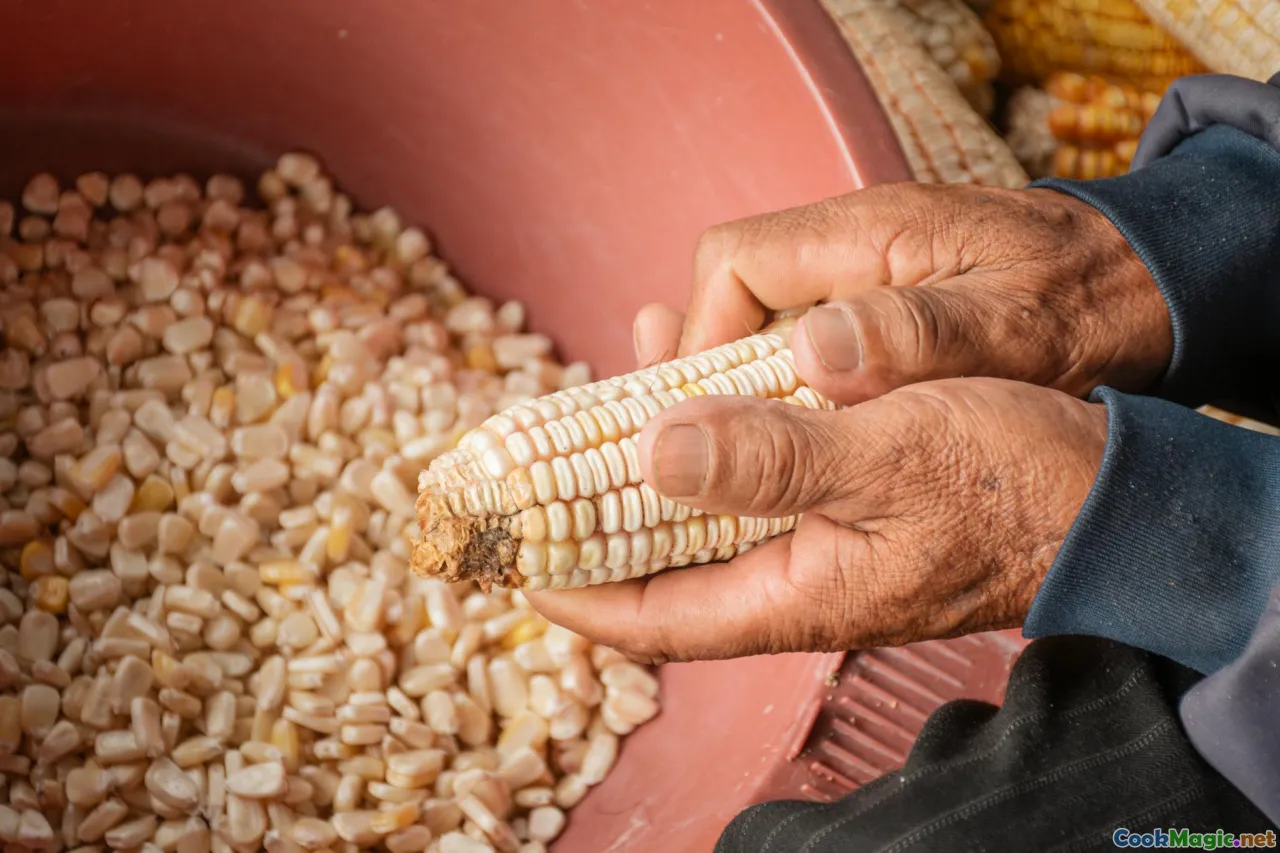Indigenous Grains Reviving African Culinary Traditions
7 min read Discover how ancient African grains are rekindling culinary traditions, enriching flavors, and preserving cultural identities across the continent. April 27, 2025 10:00
Indigenous Grains Reviving African Culinary Traditions
Africa’s culinary landscape is as diverse and layered as its vast landscapes—from the sweeping Sahara deserts to lush tropical rainforests. Amid this diversity lies a profound connection to indigenous grains—ancient staples that have nourished generations and hold the key to a resilient, flavorful, and culturally rich future. Today, these grains are experiencing a renaissance, breathing new life into African culinary traditions and challenging the global dominance of more commercialized crops.
The Heartbeat of African Food Culture: Indigenous Grains
For centuries, indigenous grains such as millet, sorghum, teff, fonio, and millet have been the backbone of African diets. They are more than just food; they are living symbols of history, resilience, and identity.
Millet and Sorghum: Resilience in the Sahel
In the semi-arid regions of West Africa, millet and sorghum thrive where other crops falter. Their hardy nature makes them vital for local communities facing climate unpredictability. The golden hues of millet grains evoke images of sun-drenched fields, their nutty aroma filling the air during harvest.
In countries like Burkina Faso and Mali, traditional dishes such as tô—a thick porridge made from millet or sorghum—are daily staples. Tô’s velvety texture, with its earthy flavor, provides comfort and sustenance, connecting generations through shared meals.
Teff: Ethiopia’s Ancient Treasure
Teff, a tiny grain with a remarkable nutritional profile, is Ethiopia’s cornerstone crop. Its name means “lost” or “rare” in Amharic, reflecting its historically humble status before becoming a global superfood.
When ground into flour, teff forms the basis of injera, a sourdough flatbread with a spongy texture and tangy flavor. The sight of injera stacked high on a communal platter, topped with vibrant stews (wats), is a feast for the senses—tangy, savory, and textured with tiny air pockets that burst with flavor.
Fonio: The Forgotten Grain Coming Back to Life
Often called the “grain of the future,” fonio is a small, nutrient-dense cereal native to West Africa. Its delicate, ivory-colored grains are packed with protein, fiber, and essential amino acids.
Historically marginalized, fonio was overshadowed by imported grains like rice and wheat. Today, farmers and chefs are rediscovering its potential. Its nutty aroma and light, fluffy texture make it an ideal base for pilafs, salads, or as a side dish that elevates any meal.
Cultural Significance and Revival
Preserving Identity Through Food
Indigenous grains are intertwined with cultural rituals, festivals, and storytelling. In Mali, during the annual Fête de la Mousso (Women’s Festival), millet plays a central role, symbolizing fertility and community strength. Similarly, in Ethiopia, injera is more than food—it’s a symbol of unity and hospitality.
Challenges and Resilience
Despite their significance, these grains face threats from climate change, industrial agriculture, and globalization. Large-scale monocultures favor crops like wheat and rice, pushing indigenous grains to the margins.
Yet, grassroots movements, NGOs, and visionary chefs are championing the revival. Initiatives promoting seed saving, sustainable farming practices, and culinary innovation are vital for safeguarding this heritage.
Modern Culinary Innovations
Chefs across Africa are experimenting with indigenous grains, turning traditional dishes into contemporary culinary expressions. For example, incorporating fonio into gluten-free bread, or blending sorghum into craft beers, creates a bridge between tradition and innovation.
International chefs are also recognizing the value of these grains, sourcing them for upscale restaurants and food festivals. This not only elevates the grains’ status but also encourages local economies.
Personal Reflections and Experiences
Having traveled extensively across Africa, I’ve witnessed firsthand the profound connection between indigenous grains and community life. I recall a vibrant market in Ouagadougou, where vendors sold freshly harvested millet, its earthy scent mingling with the lively chatter of shoppers.
One memorable meal was a simple millet porridge served with honey and roasted peanuts—humble, yet deeply satisfying. It reminded me that food’s true power lies in its ability to tell stories, evoke memories, and foster connections.
In my kitchen, experimenting with these grains has been revelatory. A sorghum salad with roasted vegetables, or a teff-based pancake infused with spices, exemplify how tradition can inform modern, health-conscious cuisine.
Towards a Sustainable Future
Reviving indigenous African grains is more than a culinary trend; it’s a movement towards food sovereignty, sustainability, and cultural preservation. By supporting local farmers, promoting traditional farming methods, and embracing these grains in our diets, we contribute to a resilient food system that honors Africa’s rich heritage.
The journey of these grains from ancient fields to contemporary plates is a testament to the enduring spirit of African communities. Their revival is a culinary renaissance—one that nourishes bodies, preserves identities, and celebrates the continent’s unparalleled diversity.
Conclusion
As global food narratives expand, embracing indigenous African grains offers an authentic, nourishing, and sustainable alternative. These tiny treasures carry centuries of history, resilience, and flavor—worthy of their rightful place at the table.
So next time you see fonio, sorghum, millet, or teff, remember: you’re not just tasting food—you’re tasting history, culture, and the resilience of a continent that continues to inspire the world.
Let’s celebrate and support this renaissance—one grain at a time.









